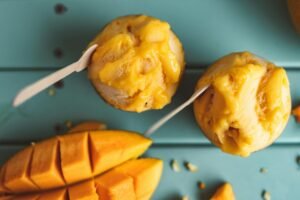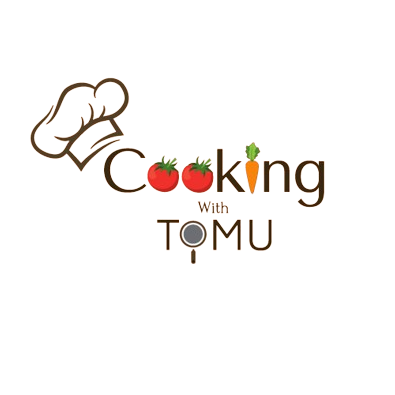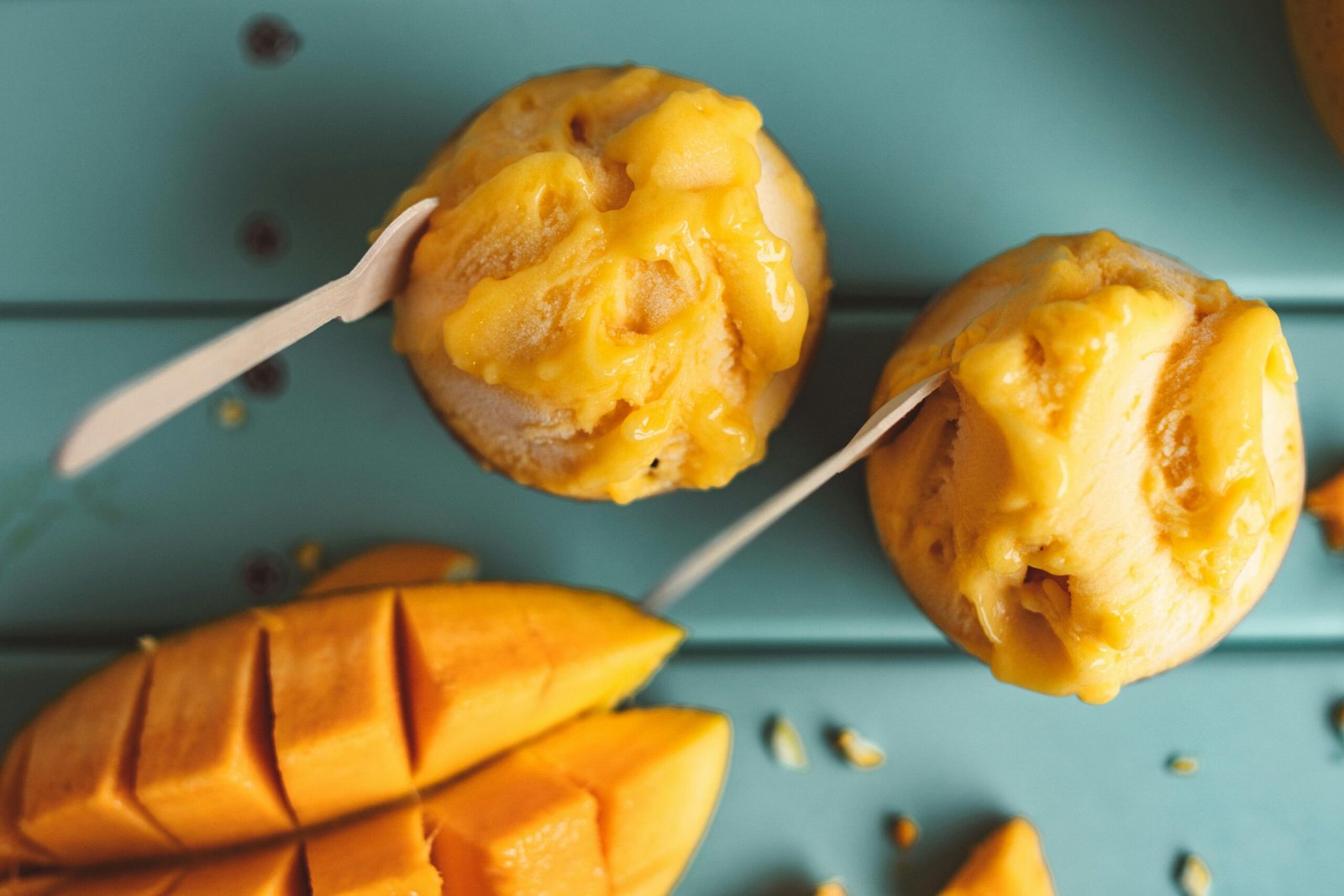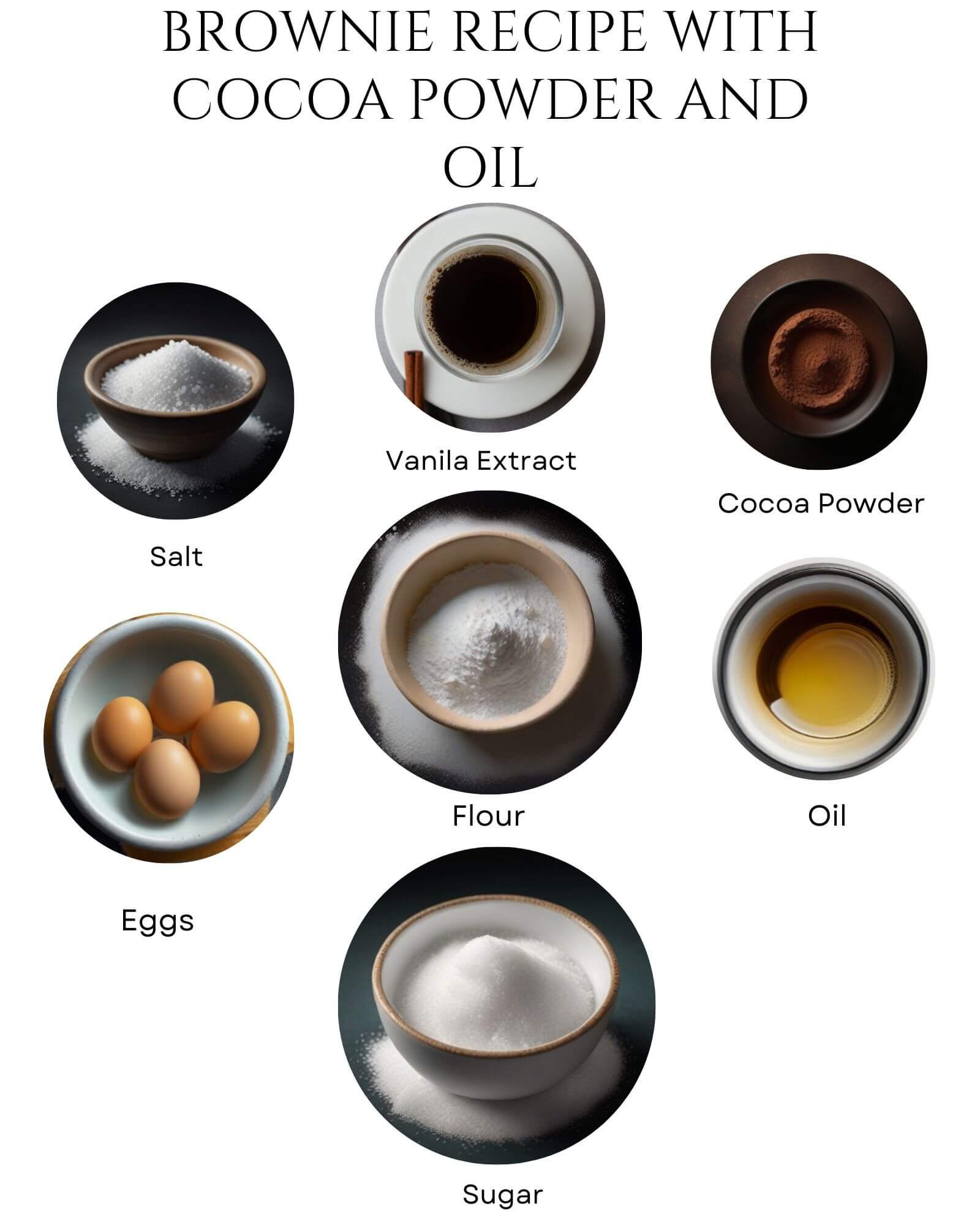How To Make Mango Pudding
We all love to eat pudding, right? It’s a dessert that people of all ages love to eat. Especially children love it the most. Someone loves mango pudding, while others love banana pudding or chocolate. It’s such a dessert where you can add so many flavors.
Surely pudding is one of the easiest desserts you can make at home. But you may face some problems like I did when I first started making puddings. Some basic problems I used to make were my pudding too runny, sometimes grainy, and sometimes my pudding was not thickening.
So I decided to share my solution with you guys in case you are facing the same problems. However, don’t forget this post is mainly about how to make mango pudding. I will share more tips along with the mango pudding recipe. And wait, there is another bonus recipe I will share in this post. So keep reading, cookers.

Can You Use Other Milk Rather Than Dairy Milk?
What kind of milk you use can really change the texture, flavor, and how your pudding tastes and feels. Traditional recipes often call for dairy milk, but with the growing popularity of plant-based diets and dietary restrictions, many home cooks are seeking alternative options. In this section, let’s find out whether coconut milk and lactose-free milk can successfully set puddings to creamy perfection.
Will Pudding Set With Coconut Milk?
Coconut milk, renowned for its rich, tropical flavor and creamy consistency, has gained widespread reputation in the making of desserts. But can it effectively replace dairy milk in pudding recipes? The answer is yes, it can.
Unlike dairy milk, coconut milk contains higher levels of fat, which contribute to its luxurious texture. When used in pudding making, this richness can yield a velvety-smooth consistency, particularly well-suited for tropical-inspired desserts. However, coconut milk’s distinct flavor profile may impart a subtle coconut essence to the pudding; this may add a nice nutty taste to your recipe.
Will pudding Set With Lactose-Free Milk?
For people with lactose intolerance, enjoying dairy-based desserts like pudding can often pose a challenge. Enter lactose-free milk, a suitable alternative that promises all the creamy goodness of traditional milk without the digestive discomfort. But how does it affect your pudding?
Lactose-free milk undergoes a process wherein the lactose, or milk sugar, is broken down into simpler sugars, making it easier to digest. While its nutritional profile remains comparable to regular milk, its slightly sweeter taste may subtly influence the flavor of the pudding. Nevertheless, lactose-free milk can effectively set puddings, offering a viable option for those with dietary sensitivities or preferences.
How To Make Mango Pudding
Your desired part has come. You were looking for how to make mango pudding, right? Well, here it is.
Ingredients:
- 1 (14 oz) can diced mangoes, undrained (reserve some juice for adjusting sweetness)
- 1 (13.5 oz) can milk (full-fat or light) (you can use evaporated milk or coconut milk)
- 2 tablespoons (0.8 oz) gelatin powder
- 1/4 cup (2 oz) sugar (or to taste)
Instructions:
- First, In a blender, puree the diced mangoes with some of the reserved juice until smooth. You can adjust the amount of juice depending on your desired consistency and sweetness.
- Now take a small saucepan, sprinkle the gelatin powder over 1/4 cup (2 oz) of cold water from the reserved mango juice. Let it sit for 5 minutes, allowing the gelatin to soften and “bloom.”
- Heat the remaining mango puree and coconut milk in a medium saucepan over medium heat. Stir constantly until just simmering. Do not let it boil.
- Remove the pan from heat and whisk in the bloomed gelatin until completely dissolved. Stir in the sugar (2 oz) until it dissolves as well. Taste and adjust sweetness with additional sugar or reserved mango juice, if desired.
- Pour the mango mixture into ramekins or a serving dish. Cover with plastic wrap and refrigerate for at least 4 hours, or until completely set.
Now you’re ready to go. You just learned how to make mango pudding. When ready to serve, top with fresh mango slices, whipped cream, or a drizzle of coconut milk for an extra tropical touch.
Tips:
- For a richer flavor, use full-fat coconut milk.
- Substitute the gelatin with agar-agar powder following package instructions if desired.
- This recipe can be easily doubled or tripled to serve a larger crowd.
Some Common Problems You May Face During Making Pudding
No one makes the perfect move the first time. Everyone makes mistakes, just like I did when I first started cooking. You may face some common problems in the way of making pudding like graininess in pudding, pudding not thickening, pudding getting runny.
Why Is My Pudding Grainy?
There are two main reasons behind this textural mishap: uneven whisking and improper cooking.
- Uneven Whisking: This is the most common cause of grainy pudding. When you whisk the egg mixture or dry ingredients into the hot milk, any lumps that aren’t broken down will translate into grainy bits in the final pudding.
- Improper Cooking: Undercooking or overcooking the pudding can also lead to a grainy texture.
Solutions –
- Temper the Eggs: Gradually whisk some of the hot milk into the egg mixture before adding it back to the pot. This tempers the eggs, preventing them from scrambling and creating lumps.
- Whisk Constantly: While adding the egg mixture or dry ingredients to the hot milk, whisk continuously. This ensures everything is evenly incorporated and prevents lumps from forming.
- Straining (Optional): If you suspect some stubborn lumps snuck through, don’t despair! Pour the cooked pudding mixture through a fine-mesh sieve. This will catch any remaining lumps, resulting in a silky smooth texture.
- Low and Slow: Once the egg mixture is added to the hot milk, reduce the heat to low and cook gently. Don’t let it boil! Boiling can cause the egg proteins to firm up too quickly, leading to a grainy texture.
- Patience is Key: Don’t rush the thickening process. Cook the pudding until it reaches a thick consistency, stirring constantly. A good test is to coat the back of a spoon with the pudding; if it leaves a clean line when you run your finger through it, the pudding is cooked.
Why Is My Pudding Not Thickening?
There are a few reasons why this might happen, and each has a simple fix.
- Insufficient Cooking Time: This is the most common reason. Thickening ingredients like cornstarch and eggs need time to activate and set the pudding.
- Incorrect Thickening Ingredients Ratio: Did you measure accurately? Using too little thickening ingredients simply won’t provide enough structure for your pudding.
- Using the Wrong Type of Milk: Not all milks thicken equally. Skim milk and some plant-based milks may require additional thickening or slightly longer cooking times.
Solution –
- Be patient and cook it low and slow! After adding the thickening ingredients to the hot milk mixture, reduce the heat to low and simmer gently. Stir constantly until the pudding thickens noticeably. Remember, the pudding will continue to thicken as it cools.
- Double-check your measurements! Ensure you’re using the correct amount of thickening ingredients according to your recipe. If you’re unsure, err slightly on the side of more, but remember, adding too much can make the pudding gummy.
- Choose the right milk! For thicker pudding, use whole milk or a plant-based milk specifically formulated for cooking (these often contain thickeners like carrageenan). Alternatively, you can increase the amount of cornstarch or other thickening ingredients by about 1 tablespoon for every 2 cups of milk used.
Why Is My Pudding Runny?
There are also two main reasons behind this cause. Worry not both have easy fixes.
- Adding Too Much Liquid: This is a common reason, especially when eyeballing ingredients or adding extra fruit or flavorings.
- Inadequate Thickening Time: Pudding takes time! The thickening ingredients like cornstarch or eggs need time to cook and activate to set the pudding properly.
Solution –
- Precisely measure all liquid ingredients according to your recipe. Remember, even seemingly small amounts of extra liquid can significantly impact the final consistency.
- Once you’ve added the thickening agent and brought the mixture to a simmer, resist the urge to rush the process.
Conclusion
Making mango pudding can be both simple and satisfying. By following the provided recipe and troubleshooting tips, you can overcome any challenges that may arise. Whether you prefer dairy milk, coconut milk, or lactose-free milk, there’s a variation to suit your taste and dietary requirements. So, with a little patience and attention to detail, you can create a delicious dessert that everyone will enjoy. Get ready to impress your friends and family with your newfound pudding-making skills. Happy cooking!


